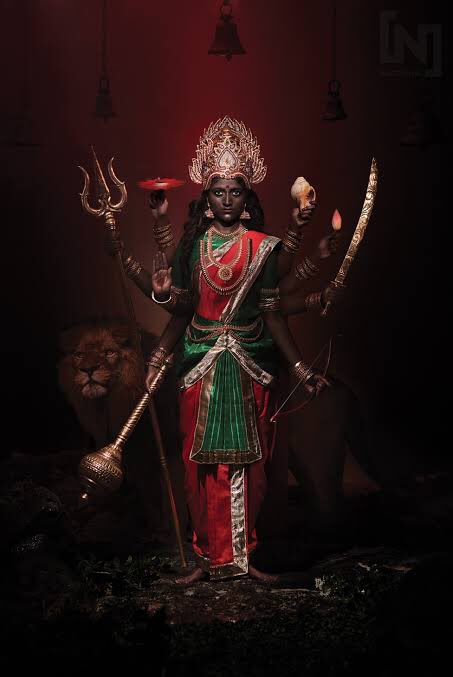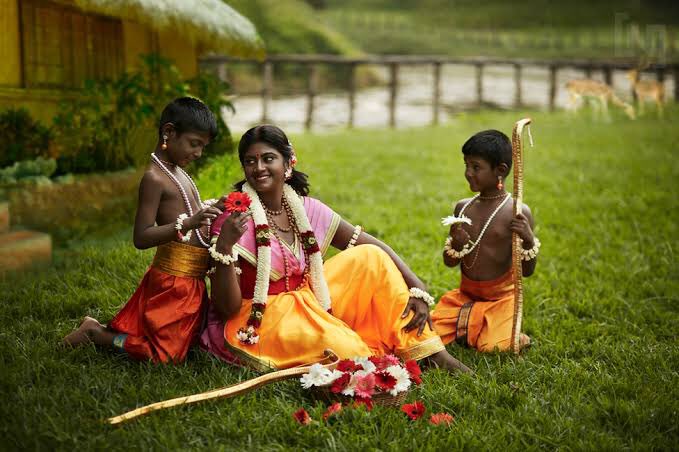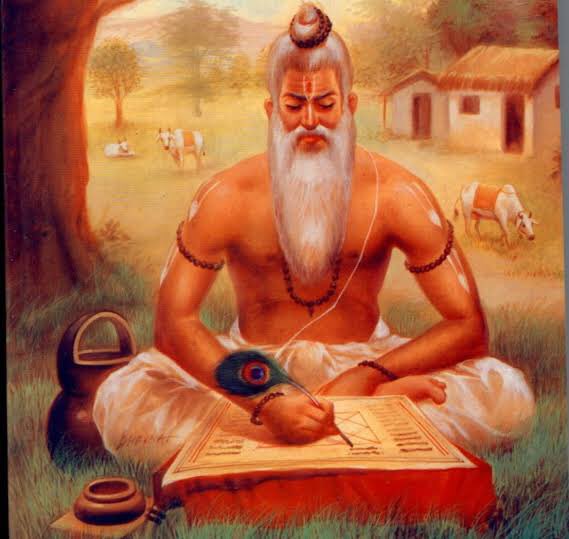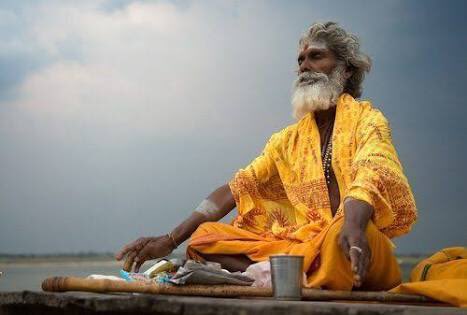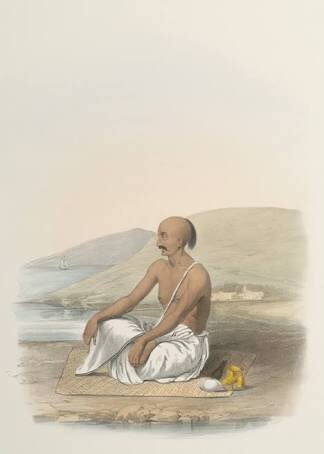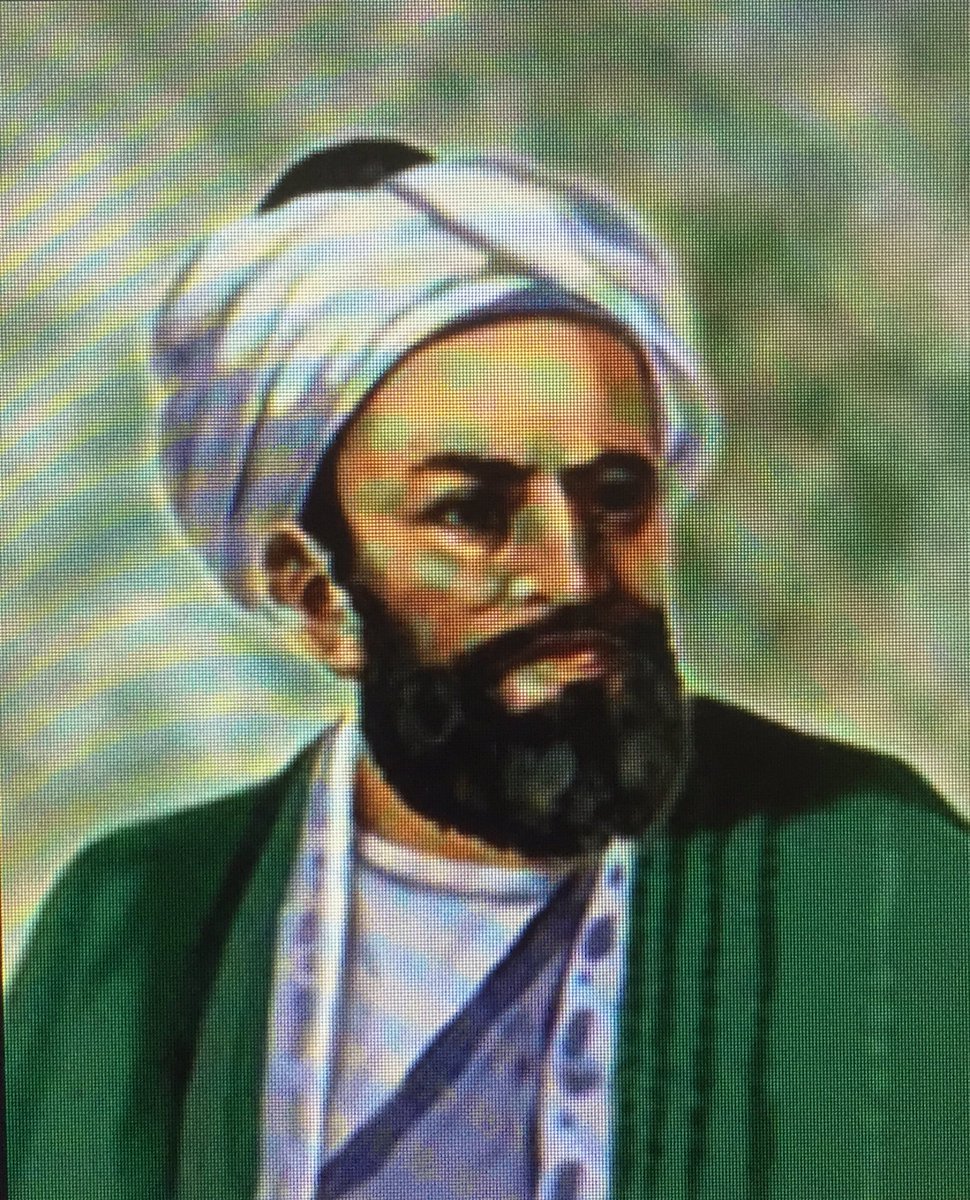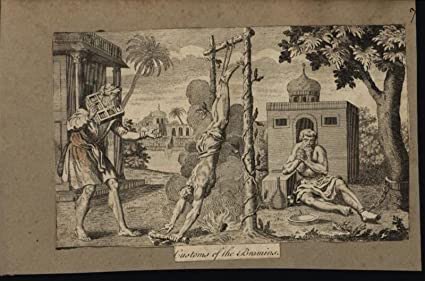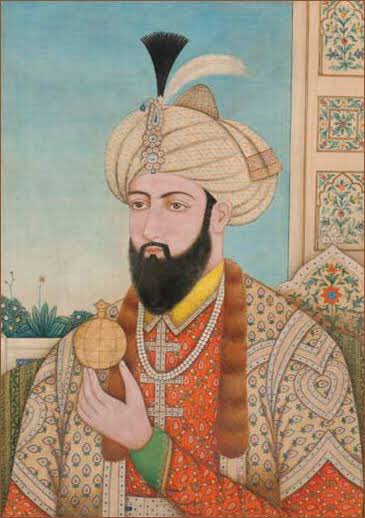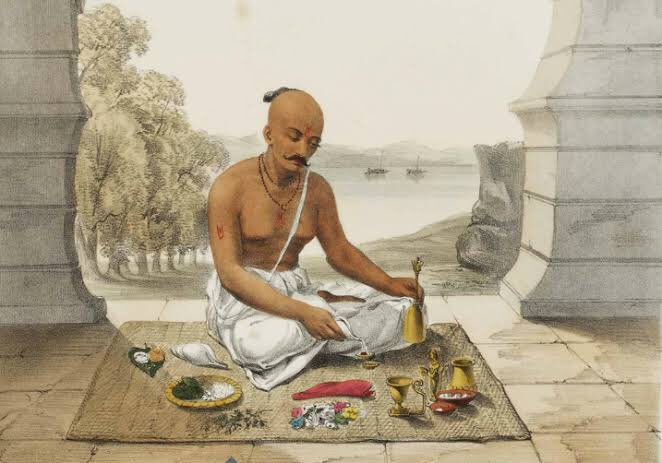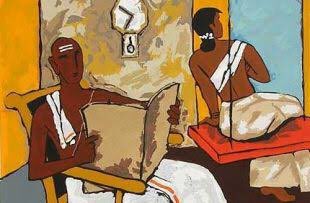
Mini-#Thread on what Marco Polo, the celebrated Venetian traveler, observed regarding Indian veneration and appreciation of ‘#Black colour’, during his travel in several parts of India during 12th-13th CE:-
#colour #color #history #India #Bharat #travelers #medieval


#colour #color #history #India #Bharat #travelers #medieval



“Black colour sign of beauty In this province the natives, although black, are not born of so deep a dye as they afterwards attain by artificial means, esteeming blackness the perfection of beauty... 
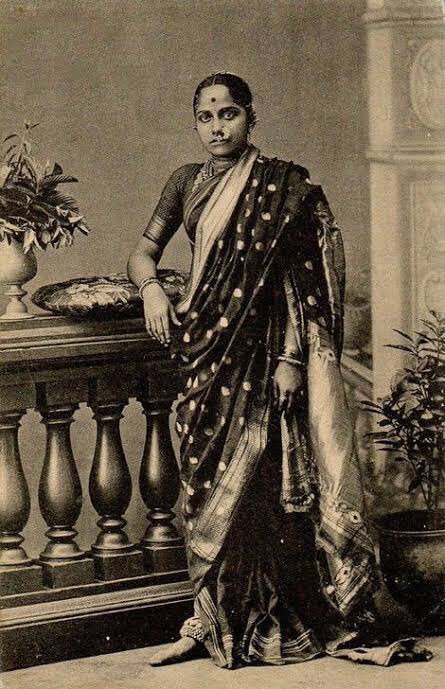
The images of their deities they represent black, but the devil they paint white, and assert that all the demons are of that colour.” 







Though we don’t need any foreigners ratification on how our Dharma and culture never influenced us to be obsessed on being fair or be of white complexion, as any sign of supremacy or symbol of grace,.. 





.. the objective of the above mini thread was to simply present this fact from a foreigner’s perspective during a time when we were so closely connected to our Dharma and Indic culture, unlike now when our inclination towards fair complexion has more or less become an obsession. 



Many many thanks to (pseudo) feminism and women empowerment marketed through multi billion Western origin MNCs which drive cosmetics industry in India and our gradual departure from our indigenous culture. 



Disclaimer: The researcher does not aim to discredit or criticise any female here, for I appreciate all forms of human creation by the Divine Ishwar 🙏🙏. In case, any body is hurt, I humbly apologise for the same.
Source and Credit:
1)THE INDIA THEY SAW (VOL-2) by MEENAKSHI JAIN
2)Marco Polo, p., 340-350 of The Travels of Marco Polo, introduction by F.W. Mote, Dell Publishing Company, 1961.

1)THE INDIA THEY SAW (VOL-2) by MEENAKSHI JAIN
2)Marco Polo, p., 340-350 of The Travels of Marco Polo, introduction by F.W. Mote, Dell Publishing Company, 1961.


@AartiAuthor @harshasherni @PragTi09 @Angriy_BiRd @Ms_Poojaraj @mamatarsingh @DharmaSthapana_ @Itishree001 @JyotiKarma7 @Mahender_Chem @DeshBhaktReva @Savage_shree @VaruKrutika @dhingramahima9 @apparrnnaa @i__Mystic @Shailesh_2017 @shradhasumanrai @VedicWisdom1 👆
@Archie_Bhardwaj @VedParmoDharm @Divya_Adishakti @YoginiPratibha @SuvarnBharat @wanysharma @SheetalPronamo @Sarangi_IND @unheardvoice07 @raj_010101 @CoreDharma @balajidesigr @AntiTrads @RudraaShiv @BhagwaDhvaj @vinirish @VidyaSanatani @Karma_Kaali @Saumyamiishra @Mishra_jiiiii 👆
@VertigoWarrior @AmishaAryaa @Sachai_ki_bhakt @manusmriti3010 @jammed_circuit @thegoldenjhumka @plausible_pleb @sucharita_sj @ParulSinhadel @Krishna_Priiya @LevinaNeythiri @vijayvaani @chetna_2 👆
• • •
Missing some Tweet in this thread? You can try to
force a refresh

